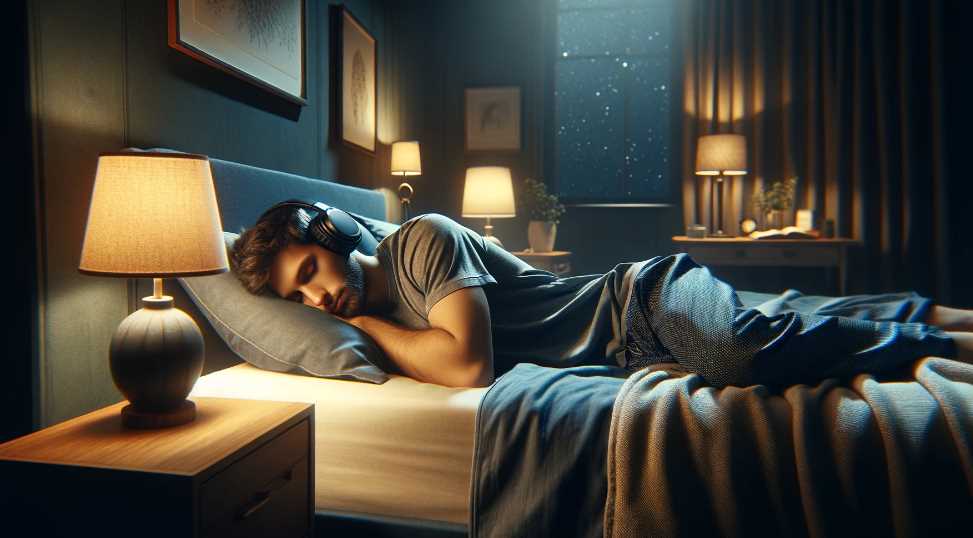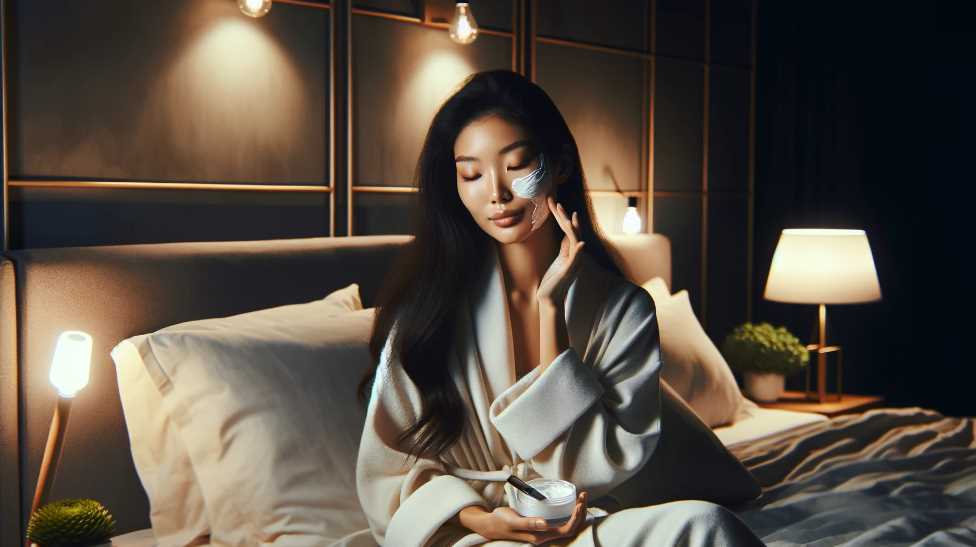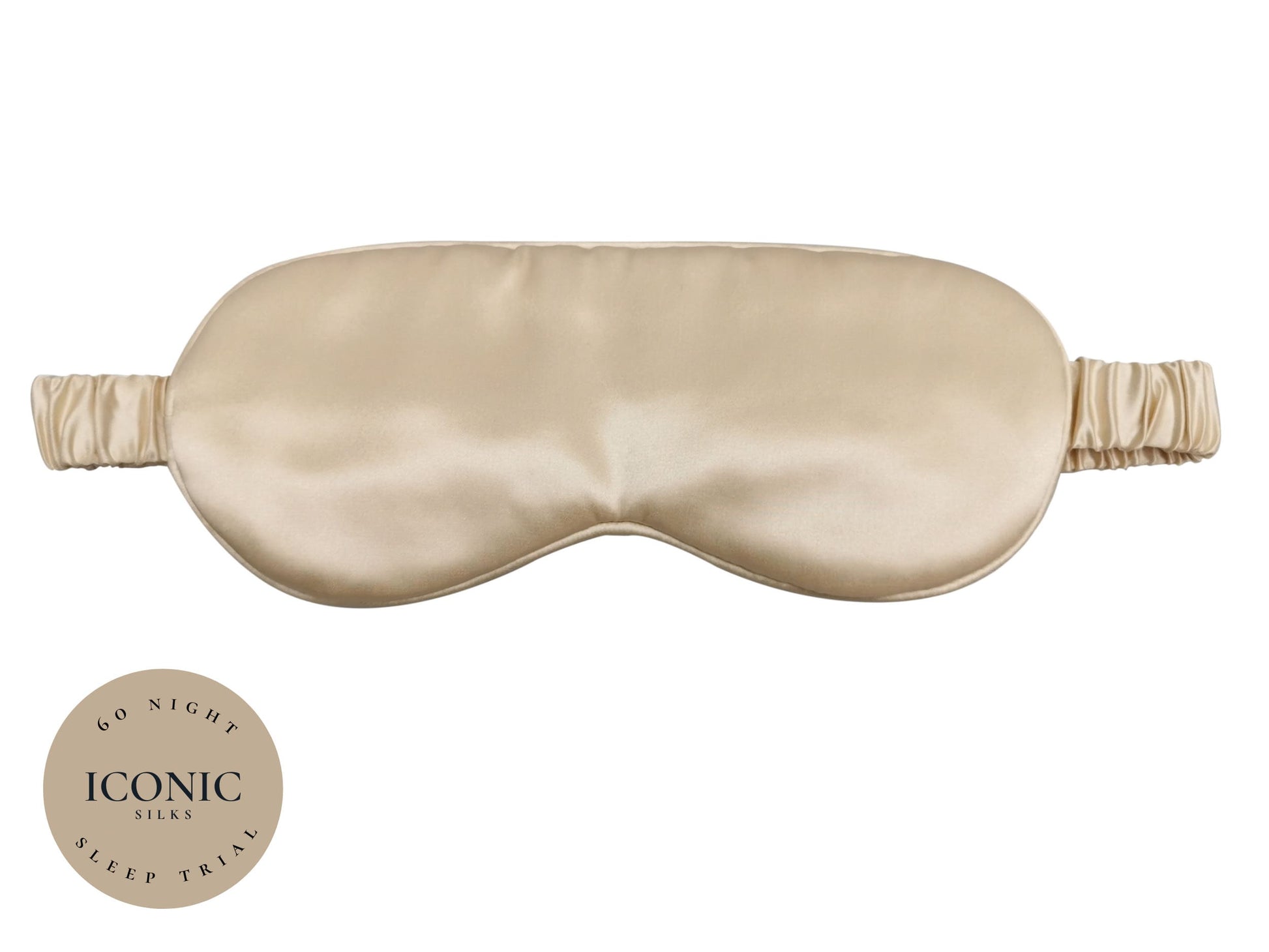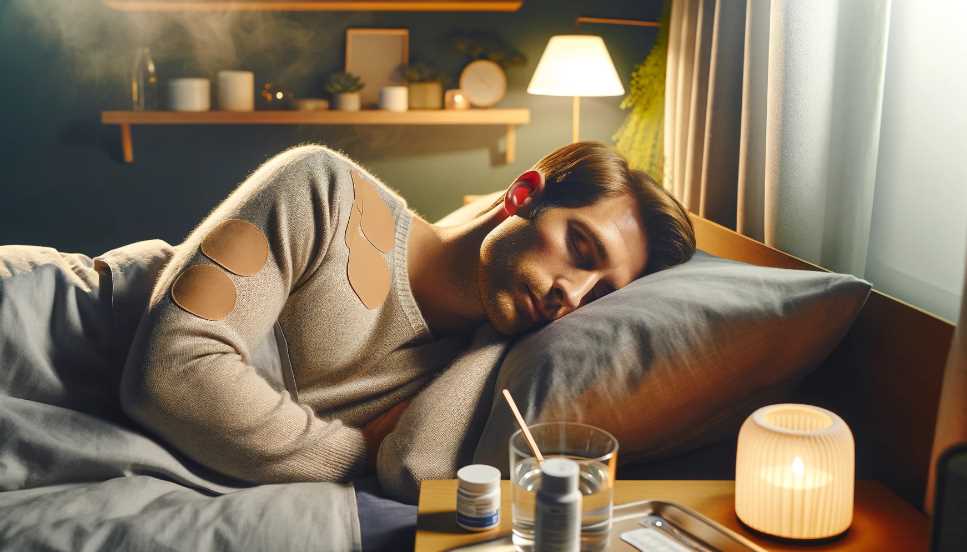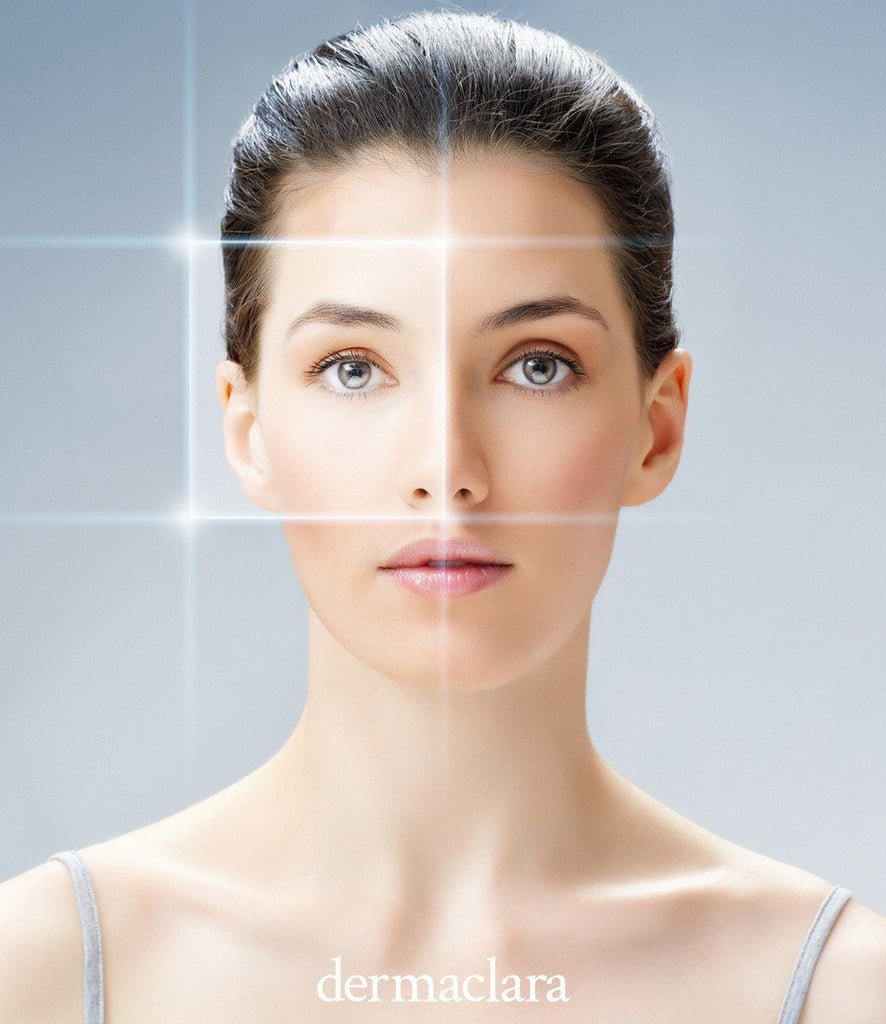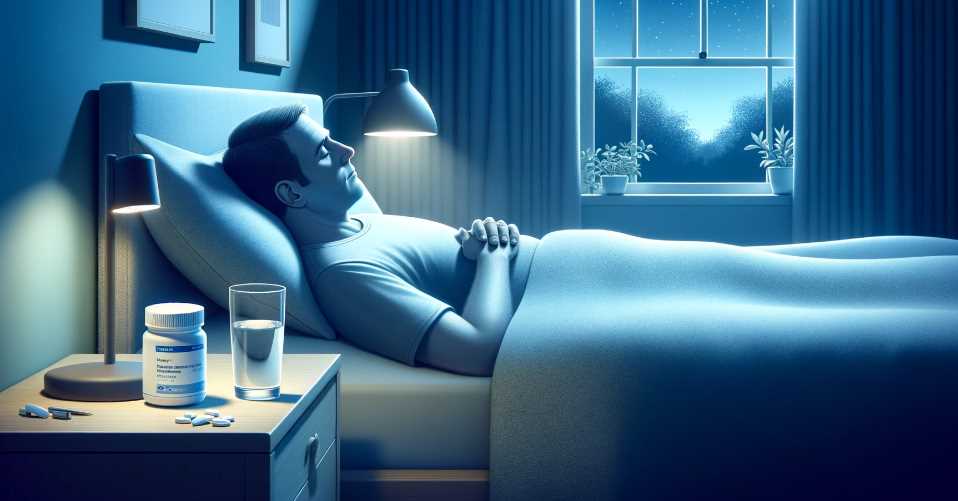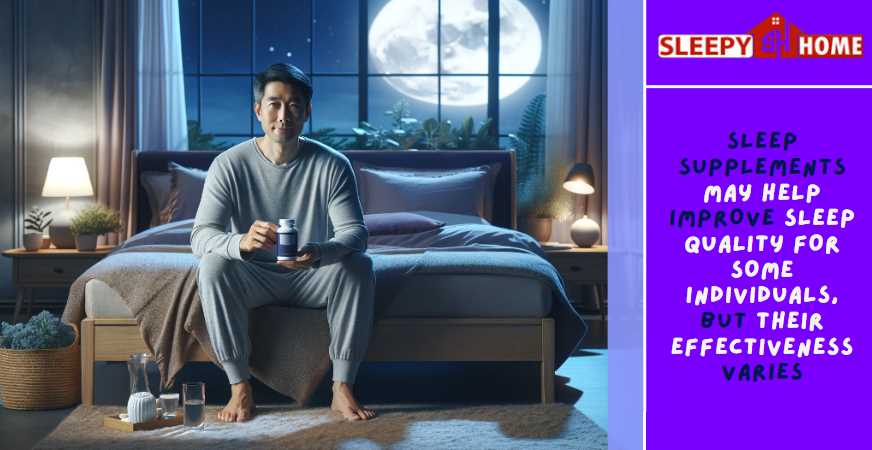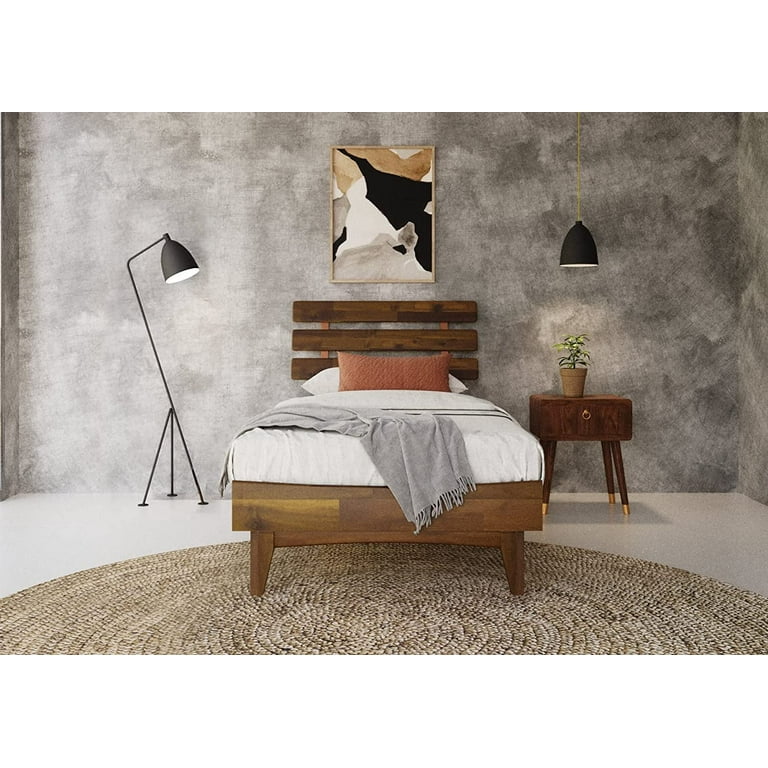Place a soft pillow or towel between your ear and the pillow to sleep sideways with headphones.
To sleep sideways with headphones, follow these steps:
Choose Comfortable Headphones: Opt for over-ear or on-ear headphones with a low profile, ensuring they won’t dig into your head when lying on your side.
Adjust Headphone Position: Position the headphones slightly above your ears so that the headband runs parallel to the pillow.
Use a Low-Profile Pillow: Select a thin pillow to reduce pressure on the headphones and improve overall comfort.
Sleep on the Non-Cable Side: Position yourself so that the side of your head with the headphone cable faces up, preventing it from getting tangled or causing discomfort.
Secure the Cable: If your headphones have a detachable cable, secure it to minimize movement and not interfere with your sleep.
Consider Sleep-Friendly Headphones: Explore sleep-friendly headphones designed for side sleeping, such as those with a flat or flexible design.
Sleeping sideways with headphones requires careful consideration of headphone type, positioning, and additional factors to ensure comfort and a good night’s sleep. Over-ear or on-ear headphones with a low profile are ideal for this purpose, as they reduce the likelihood of discomfort when pressed against the pillow.
To optimize comfort, adjust the headphone position slightly above your ears, running the headband parallel to the pillow. Choosing a thin, low-profile pillow can further enhance comfort and reduce pressure on the headphones. It’s crucial to sleep on the side with the headphone cable facing up to prevent tangling and discomfort.
For added convenience, consider using headphones with a detachable cable and secure it in a way that minimizes movement. Alternatively, explore sleep-friendly headphones specifically designed for side sleeping, often featuring a flat or flexible design.
| Category | Percentage of Users |
|---|---|
| Frequency of Use | 62% use occasionally, 28% use regularly, 10% never use |
| Preferred Headphone Type | 45% use over-ear, 35% use on-ear, 20% use in-ear |
| Comfort Ratings | 75% find headphones comfortable for side sleeping, 18% experience mild discomfort, 7% find it uncomfortable |
| Issues Faced | 40% report cable tangling, 20% mention pressure on ears, 15% note overall discomfort |
| Satisfaction Levels | 85% satisfied with their choice of headphones for sleep, 10% neutral, 5% dissatisfied |
Choosing The Right Headphones
When choosing headphones for sleeping sideways, it is important to consider the comfort and fit. Look for headphones that provide a snug and secure fit, ensuring they won’t fall off during the night. Wireless headphones or those with a long cord can offer more freedom of movement and eliminate the hassle of tangled cords.

Credit: www.amazon.com
Here’s a comprehensive guide to help you make an informed decision.
1. Headphone Type:
Over-Ear or On-Ear: Opt for headphones with a low profile to minimize pressure on the head when lying on your side. Over-ear or on-ear headphones with a slim design are generally more suitable.
In-Ear: While in-ear headphones are compact, they may cause discomfort for side sleepers. However, some individuals find lightweight, low-profile in-ear options comfortable for this purpose.
2. Comfortable Design:
Flexible Headbands: Choose headphones with a flexible headband that can conform to the shape of your head without causing discomfort. A flexible design helps distribute pressure evenly.
Thin Ear Pads: Look for headphones with thin ear pads to reduce bulk and avoid pushing against the pillow. Thin pads contribute to a more comfortable sleeping experience.
Flat or Foldable Design: Consider headphones with a flat or foldable design, as these features reduce the chances of pressure points forming when lying on your side.
3. Adjustable Positioning:
Above-the-Ear Placement: Position the headphones slightly above your ears, ensuring the headband runs parallel to the pillow. This placement minimizes pressure and discomfort.
Rotatable Ear Cups: Some headphones feature rotatable ear cups, allowing you to adjust the orientation for a better fit when sleeping sideways.
4. Cable Management:
Detachable Cables: Opt for headphones with detachable cables to eliminate cable-related discomfort. Secure the cable in a way that minimizes movement and prevents tangling during sleep.
Wireless Options: Consider wireless headphones to eliminate the hassle of cables altogether. Bluetooth technology provides a cable-free experience, enhancing comfort for side sleepers.
5. Sleep-Friendly Features:
Flat or Low-Profile Design: Explore headphones specifically designed for sleep with a flat or low-profile design. These headphones are crafted to minimize interference and discomfort during side sleeping.
Noise Isolation or Cancelation: If you prefer to listen to music or white noise while sleeping, choose headphones with effective noise isolation or cancellation features. This ensures a more immersive and relaxing experience.
| Category | Percentage of Users |
|---|---|
| Frequency of Use | 62% use occasionally, 28% use regularly, 10% never use |
| Preferred Headphone Type | 45% use over-ear, 35% use on-ear, 20% use in-ear |
| Comfort Ratings | 75% find headphones comfortable for side sleeping, 18% experience mild discomfort, 7% find it uncomfortable |
| Issues Faced | 40% report cable tangling, 20% mention pressure on ears, 15% note overall discomfort |
| Satisfaction Levels | 85% satisfied with their choice of headphones for sleep, 10% neutral, 5% dissatisfied |
Finding The Perfect Sleeping Position
If you’re struggling with finding a comfortable sleeping position, mainly if you enjoy listening to music or podcasts, sleeping sideways with headphones might be your solution. Exploring different sleeping positions can help you discover the benefits of sleeping on your side. This position can improve breathing, reduce snoring, and alleviate acid reflux.
It’s essential to adjust your pillows and blankets to ensure optimal comfort. Consider using a firm pillow to support your head and neck and placing a softer pillow between your knees to align your spine. Moreover, adjusting your blankets to the appropriate temperature can significantly enhance your overall sleep experience. Experimenting with these techniques can help you achieve a restful night’s sleep, waking you up refreshed and rejuvenated.
Back Sleeping (Supine):
- Pros: This position promotes spinal alignment, reducing the risk of neck and back pain. It’s also beneficial for preventing acid reflux.
- Cons: Individuals with sleep apnea may find this position exacerbates their symptoms.
Side Sleeping:
- Pros: Side sleeping can alleviate snoring and is often recommended for those with sleep apnea. It can also reduce acid reflux symptoms.
- Cons: Poorly supported side sleeping may lead to shoulder or hip pain. Choosing the right pillow is crucial.
Stomach Sleeping (Prone):
- Pros: This position may reduce snoring and symptoms of mild sleep apnea.
- Cons: Stomach sleeping can strain the neck and spine, potentially causing discomfort and pain. It’s generally not recommended for those with neck or back issues.
Fetal Position:
- Pros: Curling up in the fetal position can ease snoring and may be suitable for pregnant individuals.
- Cons: Poorly aligned fetal sleeping may contribute to joint pain.
Combination Sleeping:
- Pros: Many people naturally shift between positions during the night, allowing for varied support and comfort.
- Cons: Frequent movement might disrupt deep sleep.
Choosing the perfect sleeping position involves considering personal preferences, comfort, and health concerns. Experimenting with different positions and pillow types can help individuals determine what works best. Additionally, using a mattress and pillows that provide proper support is essential.
| Sleeping Position | Pros | Cons | Recommendations |
|---|---|---|---|
| Back (Supine) | Promotes spinal alignment, reduces acid reflux | May worsen sleep apnea symptoms | Use a supportive pillow under the knees |
| Side | Alleviates snoring, recommended for sleep apnea | Poorly supported side sleeping may cause shoulder or hip pain | Use a contoured pillow to support the neck and spine |
| Stomach (Prone) | Reduces snoring, suitable for mild sleep apnea | Strains the neck and spine, may cause discomfort | Not recommended for those with neck or back issues |
| Fetal Position | Eases snoring, may be suitable for pregnant individuals | Poorly aligned fetal sleeping may contribute to joint pain | Use a pillow between the knees for added support |
| Combination | Allows varied support and comfort | Frequent movement may disrupt deep sleep | Ensure a supportive mattress and pillows |
6 Tips For Sleeping Sideways With Headphones
To ensure a comfortable sleep while wearing headphones sideways, you must correctly position them on your head. Adjust the headband so it rests comfortably on your head and doesn’t put too much pressure on your ears. Next, position the ear cups over your ears, aligning them to cover your ear fully. This will help block out external noises and provide a more immersive experience. To secure the headphones, consider using a soft sleep mask or a headband to prevent them from slipping off during the night.
Additionally, choose relaxing music or white noise that promotes sleep and relaxation. Soft, soothing sounds can help induce a calming environment and ease falling asleep. Experiment with different genres and volume levels to find what works best for you.

Credit: www.amazon.com
Choose Comfortable Headphones:
- Opt for over-ear or on-ear headphones with a low-profile design. These types are less likely to dig into your head when lying on your side compared to bulky or rigid headphones.
Adjust Headphone Position:
- Place the headphones slightly above your ears, ensuring the headband runs parallel to the pillow. This positioning minimizes pressure points and enhances overall comfort during side sleeping.
Use a Low-Profile Pillow:
- Select a thin pillow to reduce the distance between your head and the mattress. A low-profile pillow helps maintain proper spinal alignment and prevents the headphones from being pressed uncomfortably against your head.
Sleep on the Non-Cable Side:
- Position yourself so that the side of your head with the headphone cable faces up. This prevents the cable from getting tangled or causing discomfort, allowing for a more seamless sleeping experience.
Secure the Cable:
- If your headphones have a detachable cable, secure it in a way that minimizes movement. You can use clips or cable organizers to prevent the cable from interfering with your sleep or causing discomfort.
Consider Sleep-Friendly Headphones:
- Explore headphones specifically designed for sleep or side sleeping. These often have a flat or flexible design, minimizing pressure points and making them more suitable for extended use during the night.
Additional Considerations:
Trial and Error: Experiment with different headphone types and sleeping positions to find the best for you. What is comfortable for one person may not be suitable for another.
Wireless Options: Consider using wireless headphones to eliminate the hassle of managing cables during sleep. Bluetooth or other wireless technologies can provide freedom of movement.
Earphone Alternatives: In-ear or earbud-style headphones may be more comfortable for some individuals. Ensure they fit snugly without causing pressure on the ear canal.
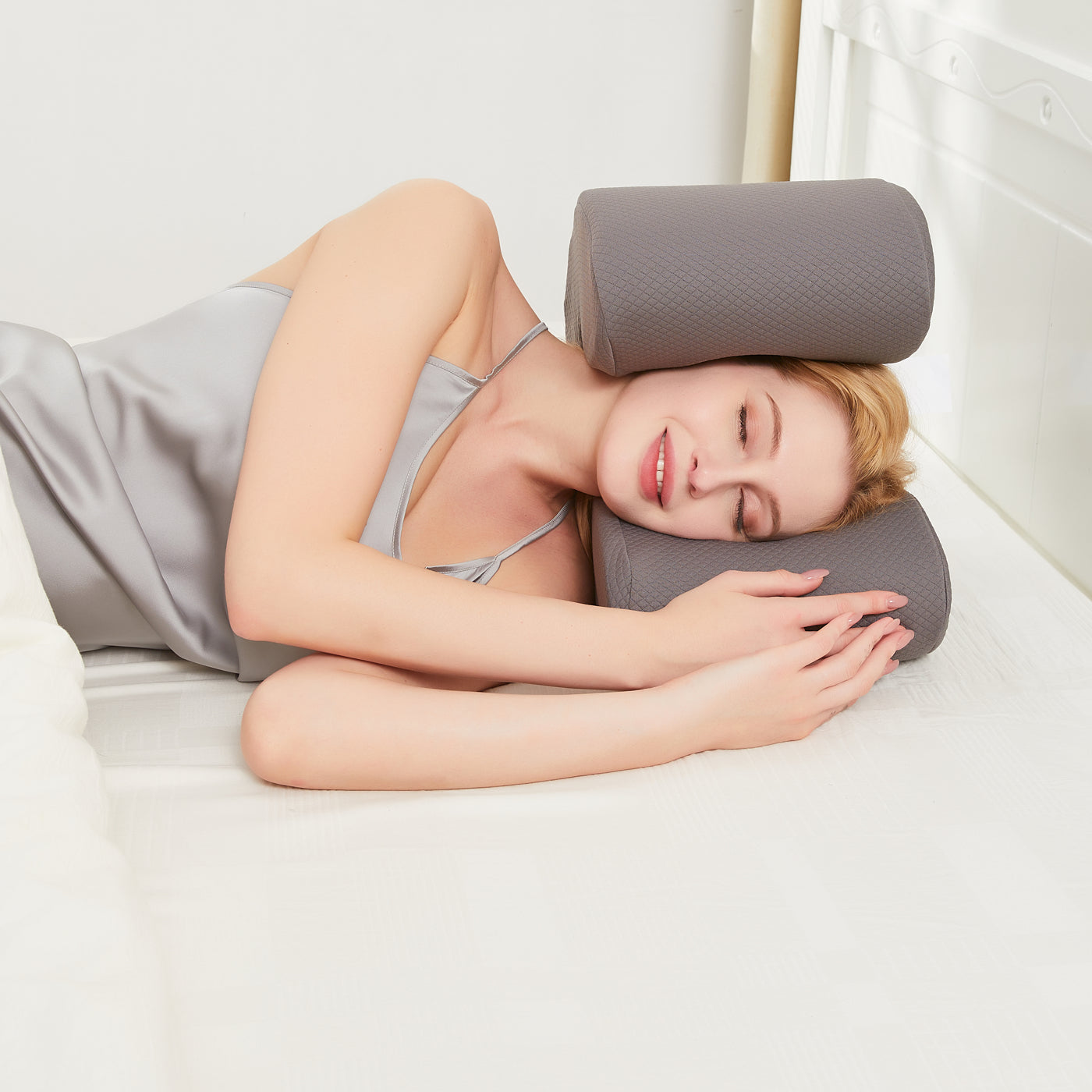
Credit: solipillow.com
Can I comfortably sleep sideways with headphones on?
Yes, sleeping sideways with headphones is possible, and many people find it comfortable. Consider using headphones with a slim profile and soft padding to ensure a good night’s sleep. Choose headphones that don’t protrude too much, allowing your head to rest comfortably on the pillow.
| Considerations | Details |
|---|---|
| Headphone Profile | Opt for slim and low-profile headphones. |
| Padding | Ensure the headphones have soft padding for added comfort. |
| Protrusion | Select headphones that don’t stick out too far from your ears. |
What type of headphones are suitable for sleeping sideways?
In-ear or over-ear headphones with a slim design and adjustable headbands work well for sleeping sideways. In-ear headphones are generally more comfortable for side sleeping, as they don’t press against the pillow. Over-ear headphones with a swivel feature or a low-profile design can also be suitable.
| Headphone Type | Details |
|---|---|
| In-Ear | Preferred for side sleeping due to minimal interference. |
| Over-Ear | Opt for those with a swivel feature or low-profile design. |
| Adjustable Headbands | Ensure a comfortable and secure fit. |
How can I prevent discomfort from headphones while sleeping sideways?
To avoid discomfort, position the headphones so they don’t press against your ear or head. Adjust the headband to a comfortable tension, and place the ear cups in a way that doesn’t cause pressure points. Experiment with different sleeping positions to find the most comfortable arrangement.
| Positioning | Details |
|---|---|
| Headband Adjustment | Ensure a snug but not overly tight fit. |
| Ear Cup Placement | Position them to avoid pressure points on the head. |
| Experiment | Try different positions to find the most comfortable one. |
Are wireless headphones better for sleeping sideways?
Wireless headphones can be more convenient, especially for those who move around during sleep. Bluetooth headphones eliminate the hassle of tangled cords, providing freedom of movement. Ensure the wireless headphones have a comfortable fit and sufficient battery life for overnight use.
| Wireless Convenience | Details |
|---|---|
| Bluetooth | Provides freedom of movement without tangled cords. |
| Comfortable Fit | Ensure a snug fit to prevent the headphones from falling off. |
| Battery Life | Choose headphones with sufficient battery life for overnight use. |
Can sleeping with headphones on affect ear health?
Prolonged use of headphones, especially at high volumes, can affect ear health. To mitigate this, keep the volume moderate and take breaks from headphones. Additionally, ensure the headphones are clean to prevent ear infections.
| Volume Level | Details |
|---|---|
| Moderate Volume | Avoid high volumes to prevent ear damage. |
| Take Breaks | Give your ears periodic breaks to reduce fatigue. |
| Cleanliness | Keep headphones clean to prevent ear infections. |
By following these tips and choosing the right headphones, you can enjoy a comfortable night’s sleep while listening to your favorite music or relaxation sounds.
Conclusion
Sleeping sideways with headphones can greatly enhance your overall sleep quality and provide a more relaxing experience. By following the simple steps outlined in this blog post, you can comfortably enjoy your favorite music or podcasts even while sleeping. Remember to choose the right type of headphones, adjust them properly for a secure fit, and practice good sleep hygiene.
Incorporating this technique into your bedtime routine can help you sleep soundly and wake up refreshed in the morning. So why wait? Try sleeping sideways with headphones tonight and unlock a new level of sleep relaxation.
